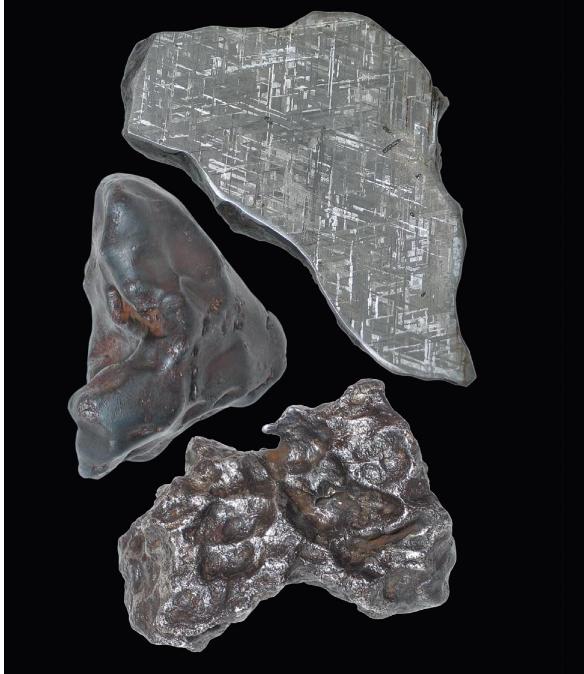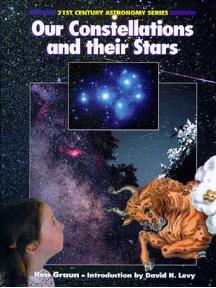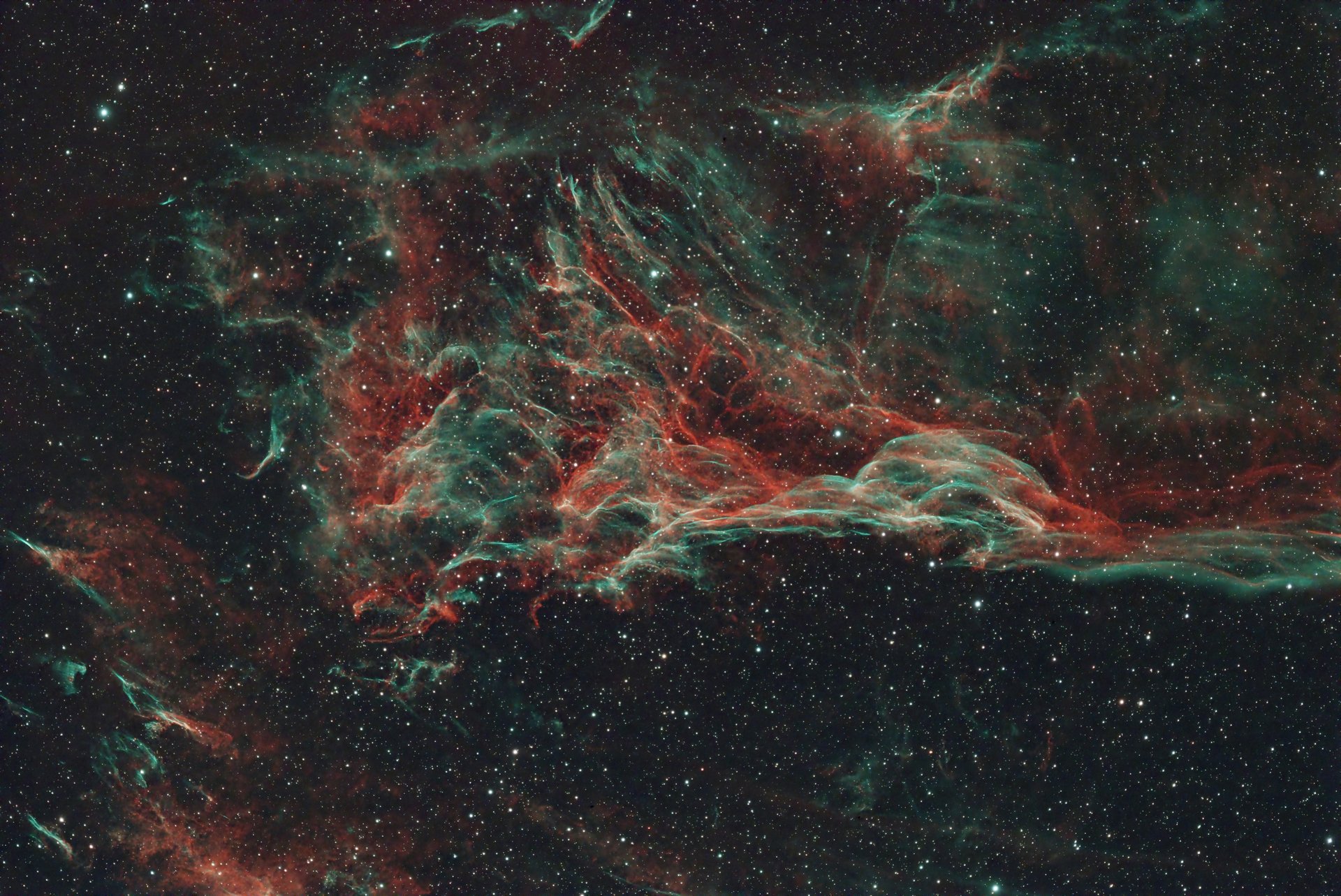PARADE OF PLANETS • December 2025
Happy Holidays!
Not visible for a bit
Mars is too close to the Sun to be seen in the evening. It will start to reappear in the eastern morning sky in February.
EVENING
Saturn
is very high up the sky facing South 90 minutes after sunset. It is
the brightest “star” in that area of the sky, so it is easy to spot.
Jupiter is in Gemini and rises in the East about 2.5 hours after sunset. It is always brighter than any other “star” except for Venus.
Disappearing from the Early MORNING
Venus is alway
Nice and Bright! But, it is getting closer and closer to the rising Sun, so lower and lower in the morning sky. It will swing over to an evening star in January, but it won’t be until February that it can be seen very low in the western sky after the Sun has set.
Remember • Twinkle Factor
The planets DO NOT normally twinkle like stars unless they are very close to the horizon or the atmosphere is extremely turbulent. So, even thought Saturn is not very bright, it is easier to identify because it does not twinkle.




